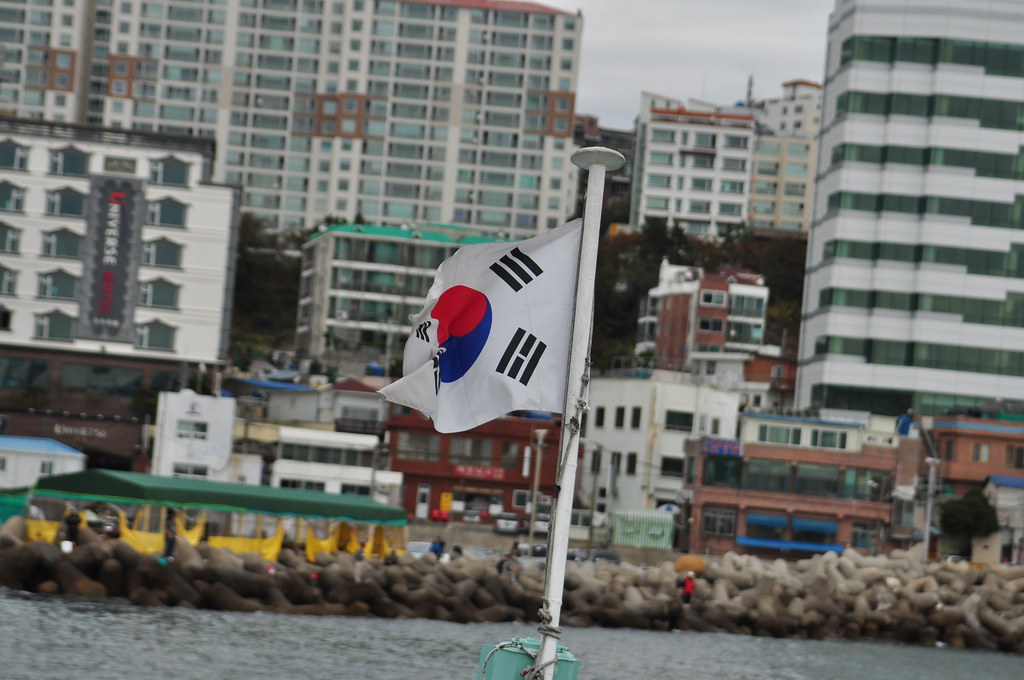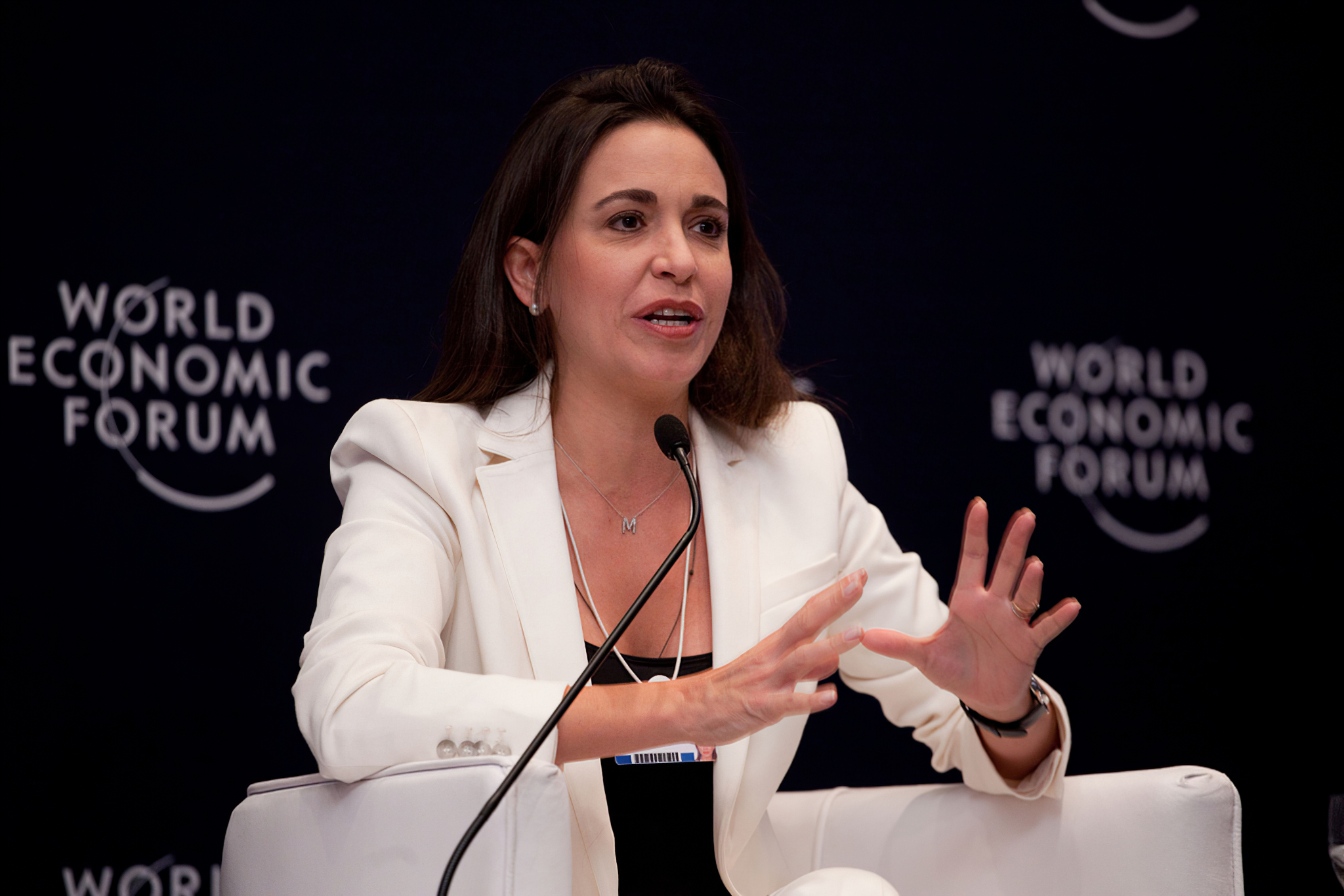By Matija Šerić
After the end of the Cold War and the collapse of Soviet communism in 1991, the United States became the world’s leading power. At that time, Americans experienced a kind of collective amnesia regarding global political issues. After fifty years in which foreign policy was a top priority in all media and public discussions, the topic suddenly fell into oblivion for most Americans. Domestic issues such as the economy and healthcare began to dominate.
In response to the American public’s lack of interest in foreign policy, Polish-American political scientist Zbigniew Brzezinski published the book The Grand Chessboard: American Primacy and Its Geostrategic Imperatives in 1997, from which the well-known geopolitical theory of the “Grand Chessboard” emerged.
Brzezinski emphasizes the value of Eurasia
Brzezinski was an accomplished American diplomat and geopolitical expert. He served as an advisor to President Lyndon Johnson from 1966 to 1968 and as National Security Advisor in President Jimmy Carter’s administration from 1977 to 1981. However, he is perhaps best known as a geostrategist. His “Grand Chessboard” theory is based on the primary importance of the Eurasian landmass in determining which country will have global influence. Brzezinski uses the analogy of the “Grand Chessboard,” referring to Eurasia, where the “game” is hegemony.
It is a brilliant work by all standards of geostrategy, although it reads more like a long magazine article than a formal research study. This style was intentional: in the 1990s, Americans—both the public and political leaders—needed to be awakened to the importance of foreign policy and the preservation of U.S. unipolar power.

Modern American hegemony has historical roots
Brzezinski adopts a historical approach, comparing modern American hegemony with the dominance of powerful empires throughout history: the Roman, Chinese, Mongol, and British empires. The difference between these imperial powers lies in how they maintained control.
- The Roman Empire maintained authority through superior military organization and cultural appeal.
- The Chinese Empire relied on an efficient bureaucratic apparatus and ethnic structure.
- The Mongol Empire used advanced military tactics followed by assimilation.
- The British Empire relied on military superiority and cultural assertiveness.
Modern “American empire,” or rather American hegemony, is based on economic dynamism, dominant military power, technological and scientific advancement, and cultural dominance in mass media. American supremacy was established because the U.S. was able to create a series of international institutions—such as the United Nations and NATO—that contain elements of American power and are difficult to alter.
Brzezinski seeks to prevent the rise of Eurasian powers
The central argument of the chessboard theory is that while America dominates and exerts significant influence over three peripheral regions of Eurasia—Western Europe, West Asia, and the Far East—potential competitors can emerge from the heart of Eurasia, challenging American hegemony.
Brzezinski identifies several “geostrategic players”: Germany, France, Russia, China, and, to a lesser extent, Japan, as potential rivals in Eurasia.
The theory also identifies several “key points” or pivots critical to the rise of potential challengers to the U.S.: Ukraine, Azerbaijan, Turkey, and Iran. Russia can assert influence in these areas. The Korean Peninsula is also important, where Japan or China could exert power. According to the theory, control over the Eurasian continent is crucial for global dominance. If the United States can maintain control over Europe during its transitional phase, it can sustain global primacy well into the 21st century.
The “danger” of a united—or divided—Europe
Brzezinski argues that U.S. foreign policy must identify European countries with the potential to alter the international order established by the United States after World War II in 1945 and reinforced by the victory in the Cold War in 1991. The goal is to prevent rivals from undermining American interests.
A united Europe could potentially challenge American efforts to maintain dominance over the Eurasian “world island.” Brzezinski claimed this was a potential reality the U.S. would have to confront in the near future.
After World War II, the U.S. and Europe generally had good, though sometimes strained, relations due to ideological differences and differing approaches to foreign policy. Since the inception of the Euro-Atlantic partnership and the founding of NATO in 1949, Americans and Europeans have disagreed on many issues—from economic cooperation to relations with the USSR and China—but these misunderstandings never threatened the partnership.
Brzezinski asserts that Europeans may criticize American dominance and its leading role, but they also benefit from U.S. military protection under the NATO umbrella. The simple fact is that the U.S. cannot easily confront a united Europe. However, a divided Europe could pose a greater threat to transatlantic relations than a united one.

The importance of the German-French partnership for the U.S.
For this reason, Brzezinski argues that the U.S. cannot choose between Germany and France as an ally because both countries are valuable American partners in the Eurasian world island. Germany and France are both allies and entities to be carefully monitored.
The two nations compete with each other to influence other countries and shape Europe—or the European Union—according to their own model. Brzezinski emphasizes that the U.S. is particularly interested in working with Germany on American expansion eastward. After its reunification in 1990, Germany seeks to exert influence in the European “world island.” Brzezinski believes that Germany’s eastern neighbors benefit from a strong German economy and the American security umbrella. He concludes that the U.S. should not choose between Germany and France but instead strive for improved relations between the two.








